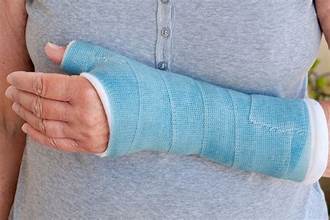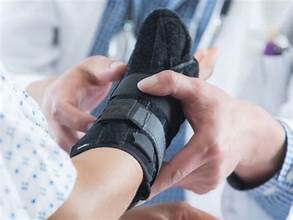What is the Skeletal System? Understanding Fractures and Recovery
- Nathalie Agius
- Feb 12, 2023
- 2 min read
Updated: May 25
The human skeleton is the internal framework of the body, consisting of approximately 206 bones and making up about 14% of total body weight. The skeletal system performs several vital functions:
Allows Movement: Bones, joints, and muscles work together to enable actions such as jumping, running, standing, pulling, and pushing.
Produces Blood Cells: The bone marrow inside certain bones generates new blood cells.
Protects and Supports Organs: The skull safeguards the brain, ribs protect the heart and lungs, and the backbone shields the spine.

What is a Fracture?
A fracture, commonly known as a broken bone, happens when the force applied to a bone exceeds its strength. This often results from trauma—like a fall or a car accident. In some cases, underlying bone diseases such as osteoporosis (low bone density) can weaken bones, making them more susceptible to fractures even with minor stress.
What Happens When You Break a Bone?
A fracture is typically diagnosed using an X-ray. Once confirmed, the affected area must be stabilized and immobilized to promote healing. Treatment may involve a plaster cast, splints, or slings, depending on the location and severity of the injury. In more complex cases, surgery may be necessary to stabilize the bone. Healing usually takes between 4 and 12 weeks, though some fractures may require several months to heal completely.
The Role of Physiotherapy in Fracture Recovery
During the immobilization period, physiotherapy is essential to:
Maximize and maintain the strength of weakened muscles
Keep surrounding joints mobile
Promote healing
Reduce pain and swelling
If you suffer a lower body fracture, your physiotherapist will guide you on using walking aids such as crutches, especially regarding weight-bearing restrictions. For upper extremity fractures, you’ll learn how to use and remove a sling safely. Once the bone heals and the cast or sling is removed, physiotherapy remains crucial to restore normal function. Therapy focuses on regaining flexibility, strength, and reducing pain and swelling. For leg fractures, physiotherapy will help improve your walking ability.
How Long Should Physiotherapy Last?
Every fracture and individual heals at a different rate. Generally, physiotherapy should last around 8 weeks, but the duration depends on the type of fracture, your age, and other personal health factors.
How to Keep Your Skeletal System Healthy
To maintain strong and healthy bones, follow these tips:
Get plenty of vitamin D and calcium in your diet
Drink plenty of water
Exercise regularly to strengthen bones and joints
Maintain a healthy body weight
Wear protective gear such as helmets and seat-belts for injury prevention
Expert Physiotherapy Services in Malta
If you or a loved one are recovering from a fracture, professional physiotherapy can make a significant difference in your recovery and quality of life. For expert guidance and personalized care in Malta, contact me on +35699212441, or follow the link below.










Comments